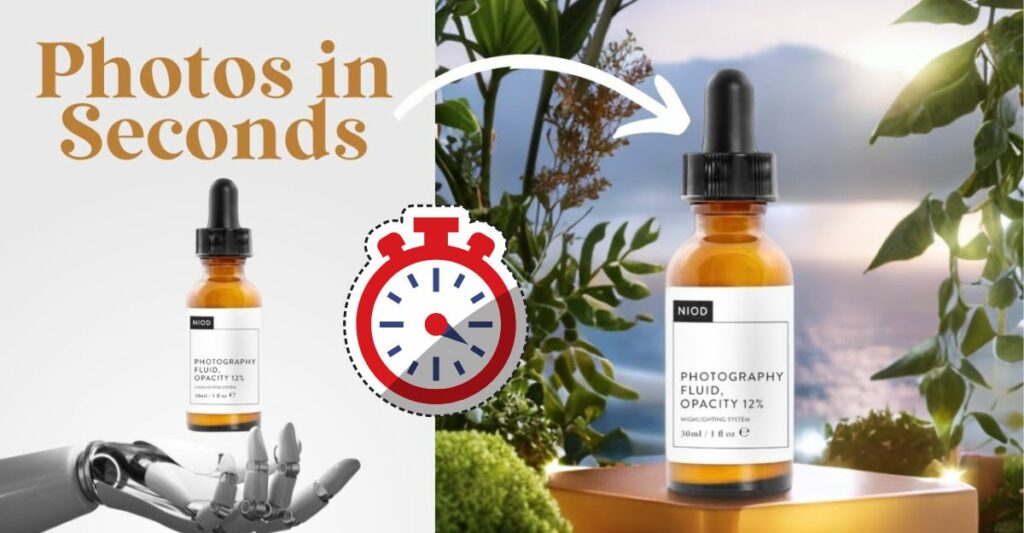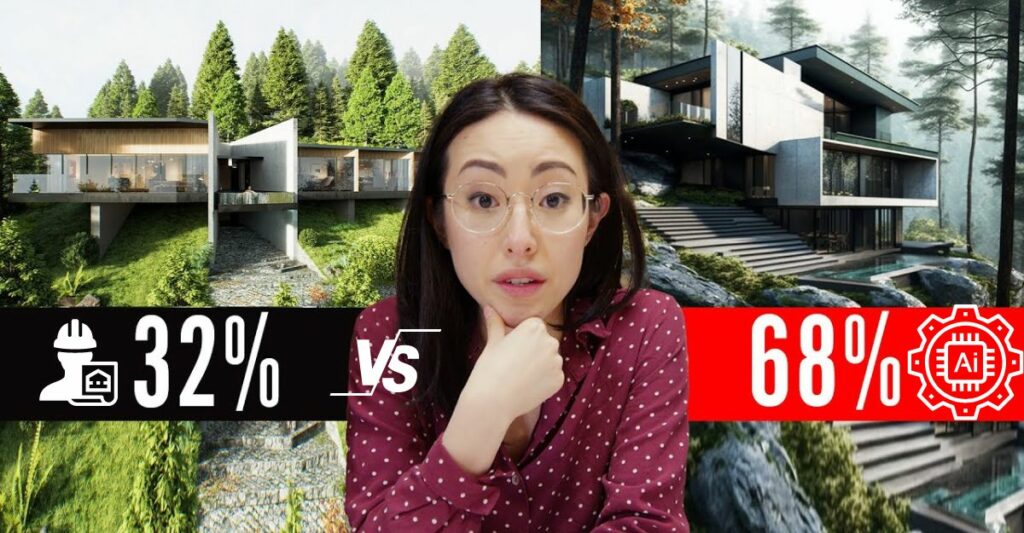The video explores the role of AI product photography, testing three websites that use AI to create product images. It discusses the pros and cons, noting that while AI can generate usable images for one-off campaigns or email marketing, it lacks consistency and detailed control for cohesive social media or website imagery. AI is seen as a supplement rather than a replacement for professional photographers, offering potential for innovative campaigns but requiring professional knowledge to achieve desired outputs.
1. Introduction
Meet Brittany and Ryan, the innovative pair behind Mainstream Multi-Media, a content creation company that specializes in producing high-quality product images and videos. In their 20s, they have not only honed their craft but also devoted significant time to grasping the intricacies of wealth creation. Their channel is a vibrant hub for business insights, self-development guidance, and photography enthusiasts. Brittany and Ryan are committed to empowering their audience to craft a life that thrives on freedom and is ignited by creativity. In their upcoming video, they will delve into the fascinating world of AI product photography, showcasing four essential tools that are revolutionizing the industry.
2. FREE AI Product Photography Programs! Is This The Future?
3. AI Product Photography: Exploring the Intersection of AI and E-Commerce Imaging
What is the main focus of the video?
The main focus of the video is to test and evaluate three different websites that use artificial intelligence for creating product pictures, and to discuss whether AI is the future of product photography.
What are the two components of Flair.ai?
Flair.ai has two components: a pre-made side that generates pictures similar to what is showcased, and a custom side that allows users to prompt the AI image based on their specific needs.
What was the issue with the product image used in the video?
The issue with the product image used in the video was that it was not professional enough. It was taken on a kitchen counter with warm kitchen light, which did not showcase the product well, especially when the background was removed.
What was the result of using Flair.ai with the ‘bottle on a bathroom counter’ prompt?
The result was a couple of images with inconsistencies in scaling, depth of field, and rendering. The images were not entirely usable, but some could be improved with Photoshop to blend highlights and shadows better.
Why did the video creator delete Pebbly from the video?
The video creator deleted Pebbly from the video because it was a complete bust, failing to meet expectations and not being worth discussing in detail.
What was the outcome of using the last website with a provided product image?
The outcome was a more consistent image that followed the prompt better than the previous attempts. It was considered a usable image suitable for e-commerce or a simple marketing campaign.
What are some pros of using AI for product photography?
Some pros include the potential for cost savings by avoiding photographer and licensing fees, the ability to generate unique images for one-off campaigns, and the possibility for photographers to incorporate AI into their portfolio for diverse shots.
What are some cons of using AI for product photography?
Cons include the lack of consistency in images, inability to create a cohesive social media account or website, limited control over details like lighting and depth of field, and the unreliability of the final output.
How might AI impact professional photographers?
AI might impact professional photographers by offering new tools for their work, requiring them to learn and adapt to new technologies, and potentially supplementing their services with AI-generated images for certain applications.
What is the final verdict on AI being the future of product photography?
While AI shows promise and can supplement the work of photographers, it is not yet reliable enough to completely replace professional product photography. Photographers’ careers are considered safe for now, but they should stay updated with AI trends and incorporate it into their business strategically.
4. PromeAI’s Background Diffusion: A Powerful Tool for AI Product Photography
PromeAI’s Background Diffusion tool leverages AI to swiftly enhance product images. It automates background removal and crafts new backdrops from templates or text, ideal for e-commerce and marketing. Users can adjust product size and position for tailored results. This feature is user-friendly, and is part of PromeAI’s suite of AI-driven design tools for creating dynamic visual content.
5. Flair AI: The AI-Powered Design Tool for Brand Content Creation
Flair AI is an innovative design tool harnessing the power of artificial intelligence to streamline the creation of brand content. With its intuitive drag-and-drop interface and smart prompts, it caters to a diverse user base that includes marketing professionals, designers, entrepreneurs, and content creators. As it continues to grow and evolve, Flair AI aims to meet the expanding needs of its users in the realm of AI product photography, enhancing the efficiency and quality of visual asset production for e-commerce and branding purposes.

6. Quick AI Product Photo Enhancement with Pebbly
Pebblely is an AI-powered graphic tool designed specifically for e-commerce, capable of instantly transforming ordinary product images into captivating visual assets. By uploading your photo, the AI crafts background scenes, adds appropriate lighting and shading, and seamlessly merges elements to enhance the overall aesthetic appeal, offering a cutting-edge solution for AI product photography.
7. Unbound AI: Effortless Creation of Realistic Product Images
Unbound is an AI-driven tool that effortlessly generates realistic product photos, catering to users across various applications such as online businesses, social media, advertising, and more. It can swiftly produce product images in any size within seconds, leveraging transparent images provided by users to create an endless array of professional product photos. With Unbound, users enjoy the flexibility to edit and adjust as needed, making AI product photography accessible and efficient for all.





